
 Xingaonai
Xingaonai
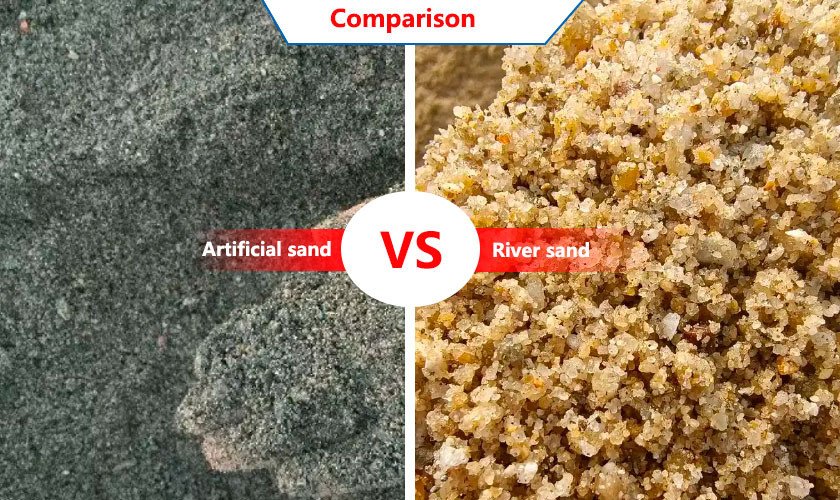
River sand, as the name implies, refers to the sand in the river. It is formed after the sediment carried by the river over time, and is continuously washed and precipitated. The main components are minerals such as feldspar and quartz. It is a naturally formed mineral.
Artificial sand, also known as artificial machine sand, is sand made by machines and equipment. Usually various ore materials are used, and various large machines and equipment are used for crushing, screening, washing and other processes.
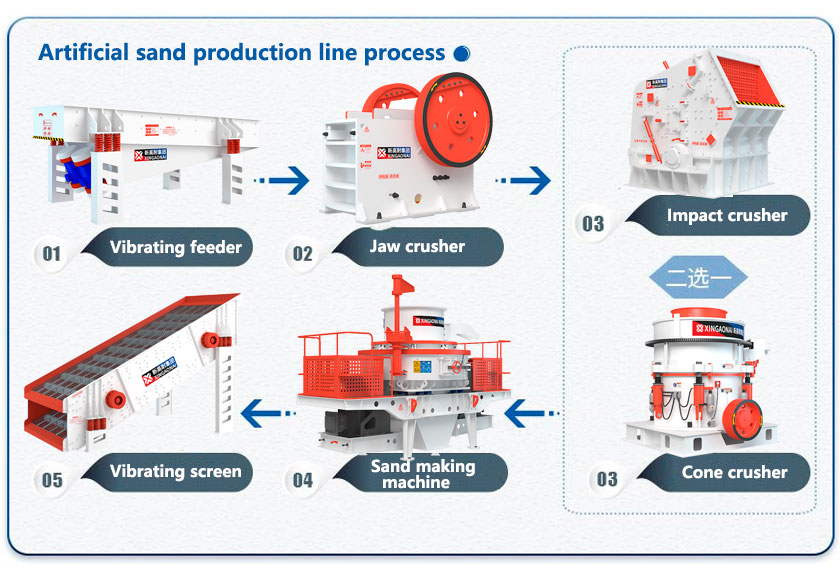
Today, Xingaonai Heavy Industry will take you to understand the difference between artificial sand and natural river sand.
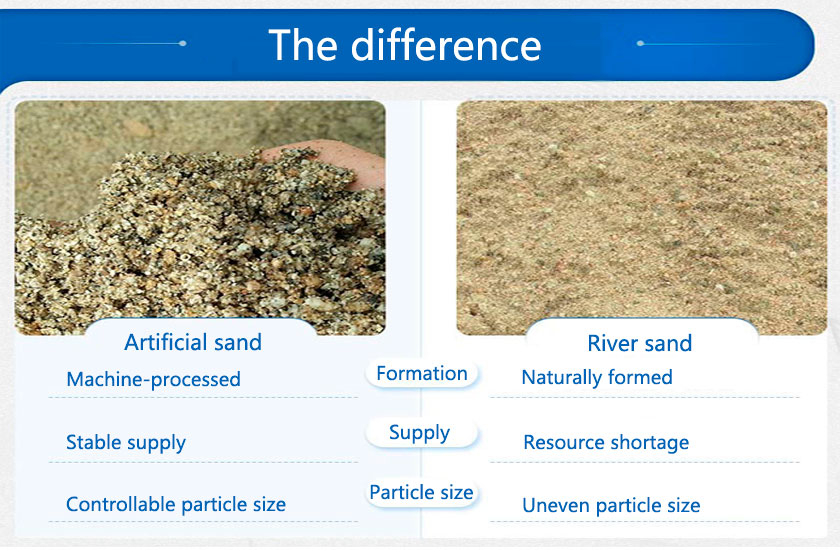
River sand is washed and screened by natural river water, and the particles are smooth, the appearance is clean, the size of the particles is uneven, the texture is relatively soft, the color is single, and it does not contain harmful substances. Artificial sand is more mixed and contains some impurities. It is generally mixed sand and gravel particles with a rough surface, uniform particle size, sharp edges and corners, and may have a variety of colors.
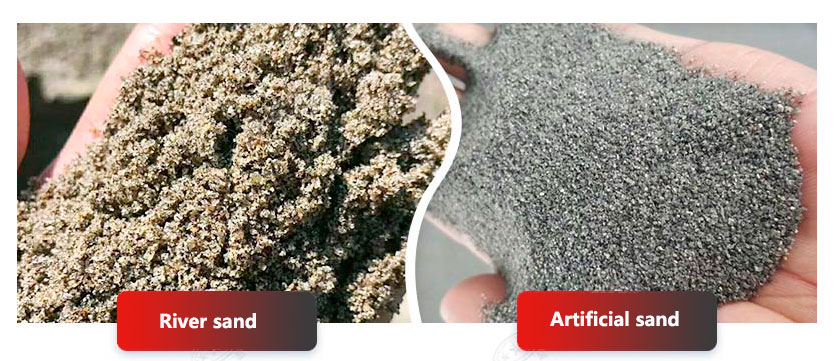
The main component of river sand is silicate minerals, which are usually light yellow or gray. The composition of artificial sand is relatively rich, because it is made of various ore materials. In addition to silicate minerals, it also contains other chemical elements and minerals.
River sand: It is formed by long-term scouring of river water. The resources have been exhausted and are relatively scarce. It cannot meet the market demand and needs to find substitutes.
Artificial sand: It is processed by sand making machine and other sand and stone making equipment. With the development of science and technology, sand making equipment is constantly updated and replaced. Now it can meet the large-scale production requirements of users. The resources are stable and there is no need to worry about supply problems.
River sand: It is excavated in the river channel by large-scale mining equipment. Large-scale mining will cause certain damage to the ecological environment such as river channels and beaches.
Artificial sand: It is made by sand making equipment. Now the sand making equipment technology is advanced. There will be auxiliary equipment to process and protect the surrounding environment during the sand making process to meet environmental protection requirements.
Because the sources and properties of river sand and artificial sand are different, there will be differences in the application fields.
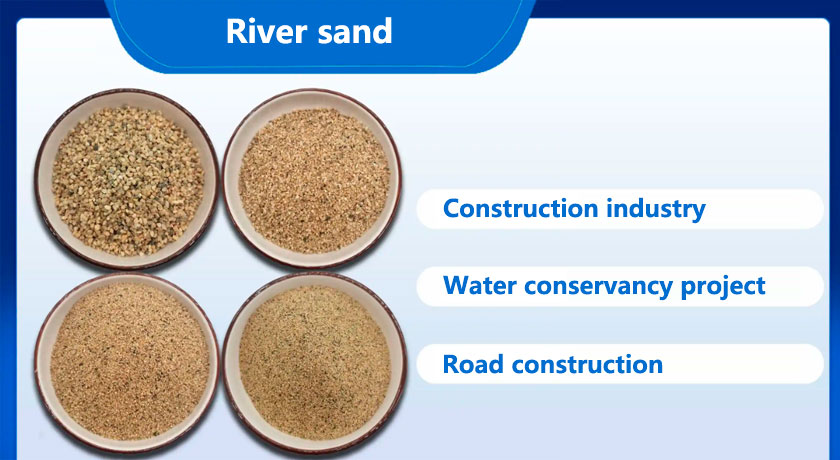
After screening, the river sand has uniform particles and is easy to construct. It is the main raw material for exterior wall insulation mortar and also plays a skeleton and filling role in concrete. It can also be used for road paving and cement products.
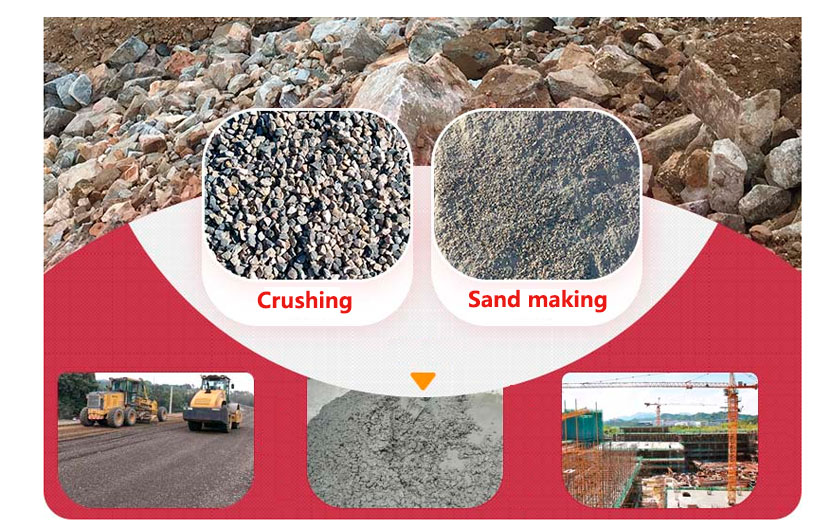
Artificial sand is mainly used in construction, transportation, municipal engineering and other projects, in concrete with strength grades below C60, and can also be used in concrete projects such as ports and water conservancy.
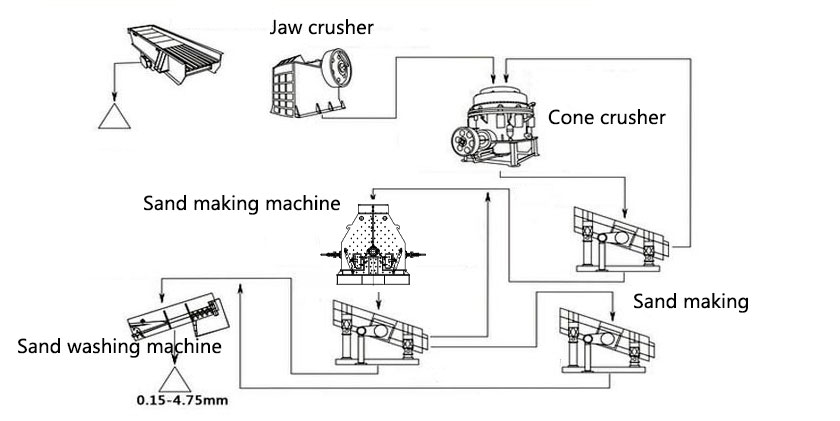
First, it is necessary to prepare the corresponding production equipment, mainly crushers, sand making machines, screening and sand washing equipment, etc. At the same time, suitable raw materials must be prepared. Generally, Goose River pebbles, limestone, granite, etc. are the main raw material ores for artificial sand. These raw materials need to go through process links such as crushing, sand making and shaping, screening and cleaning to make the corresponding artificial sand.
In summary, artificial sand and natural river sand have their own advantages and disadvantages. Although river sand has more advantages in some aspects, its supply and price are unstable due to its shortage of resources and environmental protection issues. Relatively speaking, artificial sand is rich in resources, cheap, and its quality and environmental protection can be controlled, and it has gradually become the main raw material for building materials. With the development of science and technology, the market demand for artificial sand will continue to increase.
Superior: No content!
Abajo: No content!
Nuestros productos se han exportado a más de 170 países de África, Asia, América del Sur, Europa, etc. Estamos aquí para ofrecerle mejores productos y servicios.
Copyright © 2024-2030 Xingaonai Group Todos los derechos reservados. Sitemap